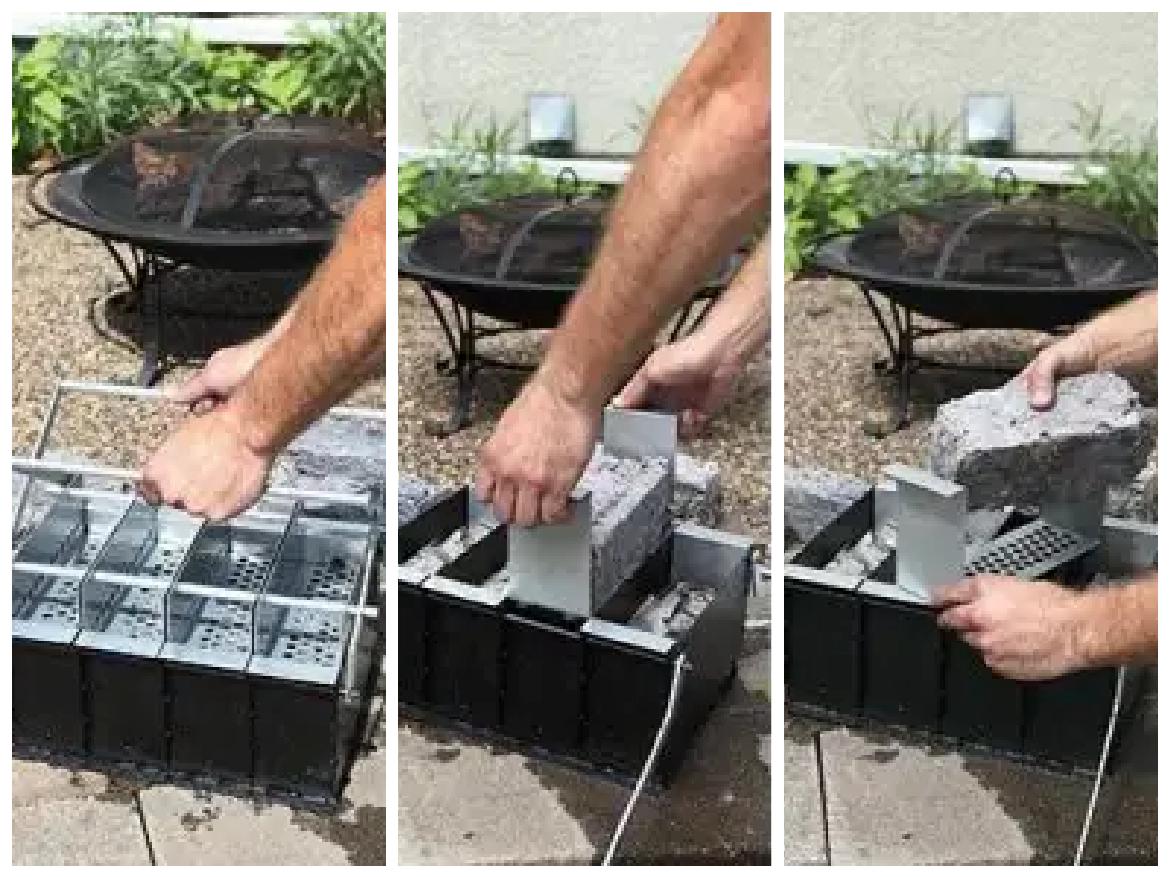With winter ebbing and spring headed our way, some folks are probably thinking a little more frequently about getting out of the city once and for all.
Having “been there done that,” it saddens me to read comments on SurvivalBlog from people wanting to start living a simpler more self-reliant lifestyle in the country but they just can’t seem to make it happen. For some of those, I’m confident they could turn their hopes into reality if they could learn to think out of the box, rethink normalcy, toss some of their fears aside, and make some sacrifices to make it all happen. Once settled in and growing accustomed to their new lifestyle, the “sacrifices” they made will seem trivial in comparison to the lifestyle they’re now enjoying.
I hope by sharing my own story of how I was able to finally start living the dream the reader might be inspired to take a fresh look at their life and see what kinds of trade-offs they can make to achieve their goal of getting out of the city. While it’s never too early to start preparing for TEOTWAWKI, even if it never happens the joys that come from living a lifestyle in a rural area cannot compare to the way of life many are living at the present time in cities and suburbia.
My First Desires for Self-Reliance
It’s not too often that kids read life-changing books in elementary school. For me, the book My Side of the Mountain had that effect. The story of a boy running away from home in New York City to live a self-reliant lifestyle in the Catskill Mountains set me on a course which would eventually lead me to where I am today, living on my homestead and striving to live that self-reliant lifestyle I’ve dreamed about since elementary school.
After reading My Side of the Mountain, my desire to learn the skills required to live a self-reliant life began. The self-reliance/survival genre became my favorite books to read and that’s never changed. I read the Robinson Crusoe and Swiss Family Robinson books my grandfather gave me in grade school, bought How to Stay Alive in the Woods in 7th grade, Alas Babylon in 8th grade, enjoyed The Last of the Mountain Men, and read every survival adventure story I could get my hands on, even the grisly ones like Alive and its unauthorized predecessor, They Lived On Human Flesh. My family subscribed to The Mother Earth News back when it was still a fairly new magazine dedicated to self-reliance, edited by a couple of hippies living off-grid somewhere.
From reading these kinds of books, even though some were romanticized fiction, I realized early on that living a self-reliant lifestyle would probably mean giving up some conveniences in order to make my dream a reality. But they also taught me that it’s possible to live with few possessions yet still live a good life.
I eventually ended up working in one of the larger…












